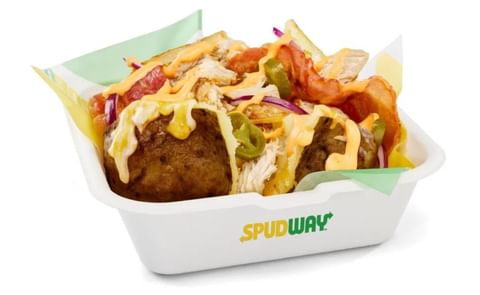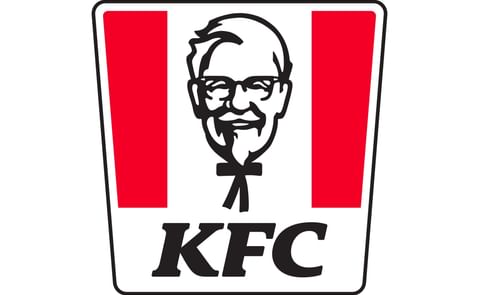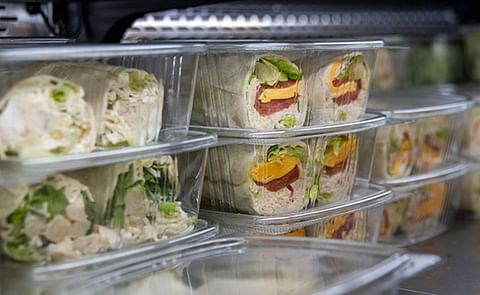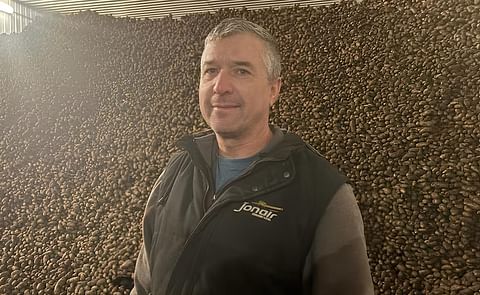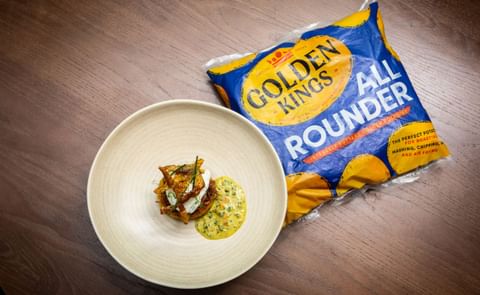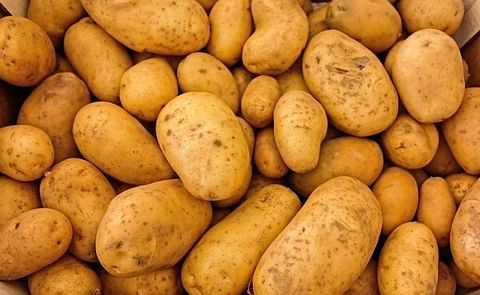Free-from foods: a global trend and its headache for food manufacturers
Free-from foods: a global trend and its headache for food manufacturers

More and more consumers demand “free-from” foods. The trend has been steadily rising over the past decade, following a global call for more natural ingredients. Vegan, gluten-free, palm-oil- free, GMO-free or lactose-free – whatever the demand is, it leaves food producers struggling to come up with alternatives. What are consequences for food manufacturers of this worldwide demand?
Free-from: what is it?
Although free-from was the top food trend in 2017, there has never been an official definition of the term. However, the free-from trend seems to focus on a preference for products that do not use unnatural preservatives or are free-from allergens – or what is perceived as an allergen. Products with a free-from label are often considered healthier than products without such a label, research shows.
Free-from is a subset of clean label products, although the two terms seem to be used interchangeably by the general public. The difference lies in their focus: clean label is connected more to minimally processed foods.
Due to the shifting market, the food industry is facing an enormous challenge to create free-from products – that do not use unnatural preservatives or are free-from allergens or what is perceived as an allergen – that give the same texture, feel and taste as regular products. Despite their desire for more “natural” foods, the end consumer doesn’t want to sacrifice taste or texture. The vegan consumer still likes her pizza topped with warm, sticky, tasty melted cheese. It is up to the industry to come up with smart solutions.
What are free-from alternatives?
Coming up with smart alternatives can be difficult, because some ingredients are hard to replace. Difficulties arise both in the supply and processing of free-from substitutes. The largest potential for successful alternatives can be found within the free-from dairy markets. There are many plant-based milk alternatives, like soy, almond, coconut and rice milk. And there are even vegan alternatives for gelatin-based products, such as potato based ingredients.
Making your mark as a business in free-from products seems to be dependent on companies looking outward, being experimental and focusing their efforts on natural ingredients.
Following a fad or answering the call?
As with every new food trend, there is always the question: is this a food fad, or will this trend actually stick? By now it seems safe to assume that free-from is here to stay. The call for these products has been steadily increasing for the past decade, especially with the Millennial generation – and as they are the future’s big spenders, it seems prudent for food manufacturers to plug into this trend.
Free-from seems to have become synonymous in the public eye with the wider trend of sustainability and striving to be more responsible for future generations. Any food manufacturer who answers this pressing call will have no trouble finding an opening in their market.
What if there are no alternatives (yet)?
In closing, not every ”unnatural“ ingredient will have a viable alternative yet. Not every process can be replaced by something that will be viewed as natural in the public eye. Instead of scrambling to find a way to excuse this, food manufacturers can perceive this as an opportunity.
It really can be as simple as that.
Free-from: what is it?
Although free-from was the top food trend in 2017, there has never been an official definition of the term. However, the free-from trend seems to focus on a preference for products that do not use unnatural preservatives or are free-from allergens – or what is perceived as an allergen. Products with a free-from label are often considered healthier than products without such a label, research shows.
Free-from is a subset of clean label products, although the two terms seem to be used interchangeably by the general public. The difference lies in their focus: clean label is connected more to minimally processed foods.
Due to the shifting market, the food industry is facing an enormous challenge to create free-from products – that do not use unnatural preservatives or are free-from allergens or what is perceived as an allergen – that give the same texture, feel and taste as regular products. Despite their desire for more “natural” foods, the end consumer doesn’t want to sacrifice taste or texture. The vegan consumer still likes her pizza topped with warm, sticky, tasty melted cheese. It is up to the industry to come up with smart solutions.
What are free-from alternatives?
Coming up with smart alternatives can be difficult, because some ingredients are hard to replace. Difficulties arise both in the supply and processing of free-from substitutes. The largest potential for successful alternatives can be found within the free-from dairy markets. There are many plant-based milk alternatives, like soy, almond, coconut and rice milk. And there are even vegan alternatives for gelatin-based products, such as potato based ingredients.
Making your mark as a business in free-from products seems to be dependent on companies looking outward, being experimental and focusing their efforts on natural ingredients.
Following a fad or answering the call?
As with every new food trend, there is always the question: is this a food fad, or will this trend actually stick? By now it seems safe to assume that free-from is here to stay. The call for these products has been steadily increasing for the past decade, especially with the Millennial generation – and as they are the future’s big spenders, it seems prudent for food manufacturers to plug into this trend.
Free-from seems to have become synonymous in the public eye with the wider trend of sustainability and striving to be more responsible for future generations. Any food manufacturer who answers this pressing call will have no trouble finding an opening in their market.
What if there are no alternatives (yet)?
In closing, not every ”unnatural“ ingredient will have a viable alternative yet. Not every process can be replaced by something that will be viewed as natural in the public eye. Instead of scrambling to find a way to excuse this, food manufacturers can perceive this as an opportunity.
It really can be as simple as that.
Avebe offers ingredients for dairy-free products
Download the whitepaper Life is great; dairy- free makes it betterLike to receive news like this by email? Join and Subscribe!
NEW! Join Our BlueSky Channel for regular updates!
Highlighted Company
Sponsored Content
Sponsored Content
Sponsored Content
Sponsored Content
Sponsored Content


